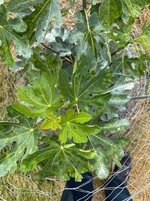ETXfigs
Well-known member
I have these two young fig trees that have been growing very vigorously but the new leaves at the top look like FMV. I also have a 2 year old Green Ischia that I think has it very bad. I have tried aggressive fertilization and good soil, but still looks sickly. My first question, could these two young trees have caught it from the Green Ischia? I don't think that I have used pruning tools on them but the trees have been in the same location close to each other. My second question, I'm thinking about chopping the Green Ischia down to a 12" stump (especially if it gets the others sick). Would this be a good idea, and would the new growth be healthy?
These are the two that just recently started showing symptoms.
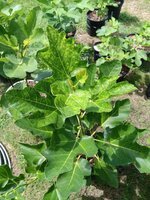
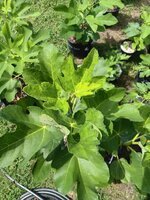
These are pics of the Green Ischia
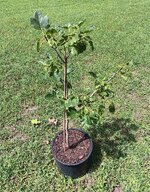
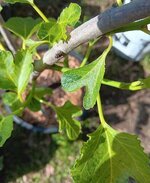
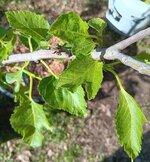
These are the two that just recently started showing symptoms.


These are pics of the Green Ischia




